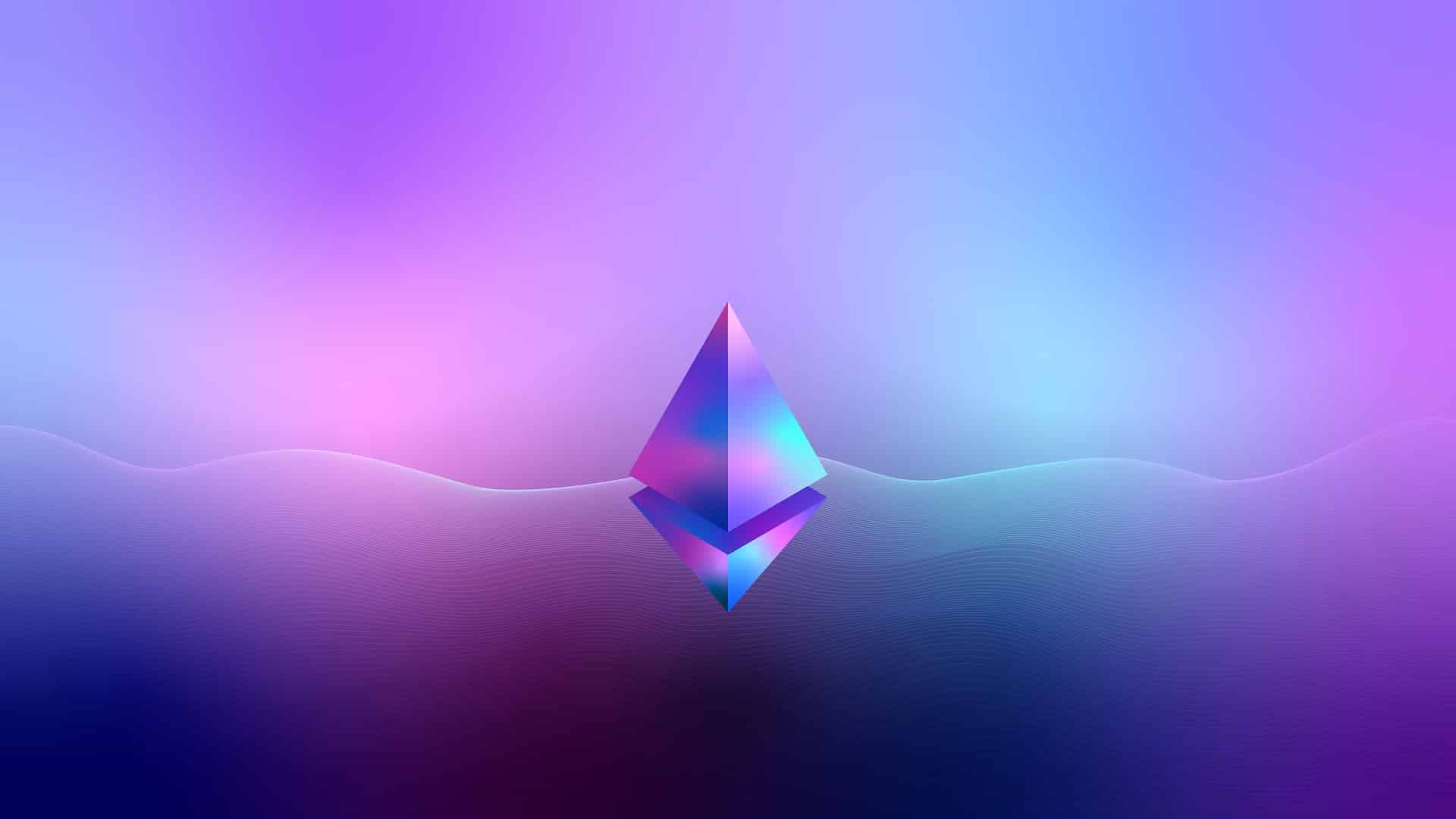The rise of Bitcoin Ordinals in January 2023 has presented Ethereum and Solana-based projects with serious competition. Ethscriptions draw inspiration from Ordinals but are built on the Ethereum blockchain. In this article, we’ll explore how Ethscriptions work and differ from traditional Ethereum NFTs.
What Are Ethscriptions?
Ethscriptions (Ethereum Inscriptions) are digital artifacts onto the Ethereum blockchain, enabling a new type of on-chain NFT on Ethereum through the inscription of image data.
While NFTs use the ERC-721 protocol that utilizes smart contracts, Ethscriptions rely on transaction calldata (the data contained in an Ethereum transaction). Creators ensure the immutability of each asset through a uniform resource identifier (URI) within the data. The URI helps ensure the lack of identical content in prior or current blocks.
How Do Ethscriptions Work?
Ethscriptions allow users to inscribe non-financial data on the Ethereum blockchain. According to the creator, the protocol ensures cheaper costs and a more decentralized approach than smart contract storage.
Three critical rules guide the workings of Ethscriptions:
- The input data of a successful Ethereum transaction must comprise a valid data URI that is unique.
- A valid Ethscription transfer requires the sender to be its owner and the Ethereum transaction to contain a valid Ethscription transaction hash in its input data.
- The URI’s uniqueness requires the content not to match the content of an Ethscription from a previous block or a transaction in the same block.
A key feature of Ethscriptions is the 96KB file requirement for a single asset. According to the creator, Tom Lehman, Ethscriptions can only store images currently. However, there are plans to advance beyond images and include other file formats.
How Are Ethscriptions Created?
There are four steps in creating an Ethscription:
- Ensure your chosen image is 96KB or smaller and convert it into a base64-encoded data URI. Various online tools offer this service.
- Using online tools such as Hexhero, convert the data URI to hex.
- In a 0 ETH transaction, add the hex data in the “hex data” field to the desired recipient.
- Wait a few moments for the information on the new owner to appear on the ethscriptions.com website. If it doesn’t, that means it’s duplicate content of data someone else had already ethscribed.
Once the process is complete, you can track the Ethscription on ethscriptions.com. Indexer platforms, such as Etherscan, also come in handy for users who find them convenient.
How Are Ethscriptions Different From (Traditional) Ethereum NFTs?
The storage mechanism is the most significant difference between Ethscriptions and traditional NFTs. Ethscriptions are stored on-chain, whereas traditional Ethereum-based NFTs store data off-chain.
The idea behind on-chain storage is that it saves on costs since there is no off-chain storage like in traditional NFTs.
The Ethscriptions protocol only reinterprets existing Ethereum data. The decentralized nature of that data implies that no party can control the usage through banning and granting permissions. For traditional NFTs, specific contracts store the data, creating the possibility of individual parties claiming control.
When creating an Ethereum NFT, the creator links their file to the block. The NFTs value comes from the proof of ownership with the actual file stored off-chain. With Ethscriptions, calldata allows for on-chain information storage on the Ethereum network.
How Do Ethscriptions Compare To Bitcoin Ordinals?
At this point, you might be wondering how Ethscriptions compare to Bitcoin Ordinals, given some fundamental similarities.
Ordinals support various file types, including games, images, music, and video. Ethscriptions only support images with indications that this may change in the future. The 4MB file capacity per Ordinal allows versatility, with Ethscriptions being limited to 96KB.
Storage of Ethscriptions in the calldata field leaves them vulnerable to pruning via EIP-4444. The data pruning module proposes the purging of specific data that is more than a year old. For Ordinals, storage on the block header ensures security from any pruning.
The Bottom Line
The introduction of Ethscriptions in June 2023 shifts the conversation around NFT innovation back to the Ethereum network. With Ethereum boasting its position as the go-to NFT chain, a project that runs on the same principles as Bitcoin Ordinals may offer Ethereum a chance to maintain its leading position in the NFT market.
Whether Ethscriptions have the staying power largely depends on the improvements the creator has hinted at. With file size and type limitations, concerns about utility and scalability linger.



